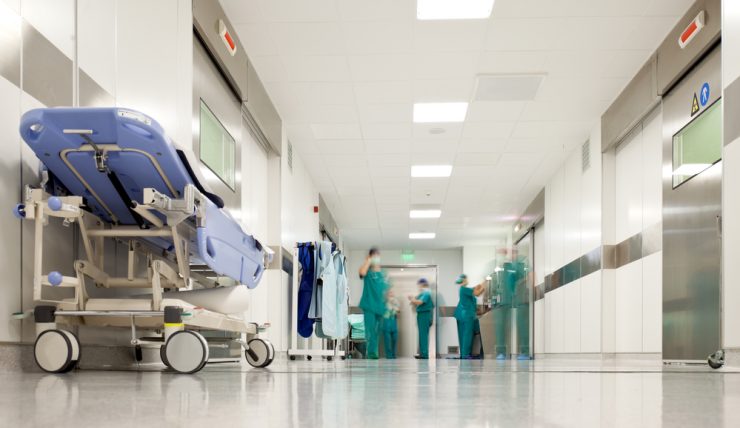Surgery preparation and procedure for inguinal hernia repair:
The inguinal hernia repair is done in two ways as described below. Both types of surgery are done under a general anaesthetic.
Open surgery – an incision is made in the groin area, the bulge is pushed back through the weak part of the muscles and the damage is repaired. The repair in this surgery can be done in two ways:
Mesh repair – in this type, the damaged spot of the muscle is covered with a mesh patch to avoid the bowel part from sliding back through it again. This is more common of the two types.
Non-mesh repair – when the damage or weakness in the muscle is not too much, it can be repaired by stitches after the bulge is pushed back into its place.
Keyhole surgery or laparoscopy – there are two techniques for carrying out this surgery. These are:
TAPP or Transabdominal preperitoneal – medical instruments are inserted in the wall of abdomen and the peritoneum (or lining of abdomen cavity). A part of the peritoneum is peeled and brought over the hernia. A disinfected mesh is then used to cover the affected part of the abdominal wall.
TEP or Totally extraperitoneal – this is the latest technique, more complicated to perform, however it causes least risk of damaging other abdominal organs. Hernia is repaired without penetrating into the peritoneum.
The patients are educated about the benefits and risks of all possible surgery procedures so they, together with the doctor, can choose the option best suited to them. Both types – open and keyhole – are effective and safe, and the recurrence chance is similar in both. Open surgery is more common in terms of the surgeon’s experience, as the keyhole type is newer and more complicated technique. However, keyhole surgery is recommended if it is a recurrent case or hernia or if it is a bilateral hernia occurring in both groin sides.
The operation procedure takes about 30 to 50 minutes and the patient can go home the same day, unless they suffer from other medical problems in which case they might have to stay overnight in the hospital.
Risks and complications of inguinal hernia repair:
The risks include the below:
In rare cases, blood or fluid can get collected in the gap created by hernia. This disappears on its own without any treatment.
Scrotal sac or testicles can become painful and swollen, sometimes.
In 3-9 percent of cases, hernia can reappear. This can be prevented by using mesh patch repair instead of stitches.
In certain cases, there are chances of numbness and pain in the operated area, caused by nerve damage during surgery, nerve getting trapped while stitching or stitches inserted into a tissue or mesh applied tightly around the testicle cord or scar tissue formed while healing.
Complications more commonly show up in patients who are above 50 years, have had hernia for less than a 12 months or have other medical problems like heart or lung disorders.












